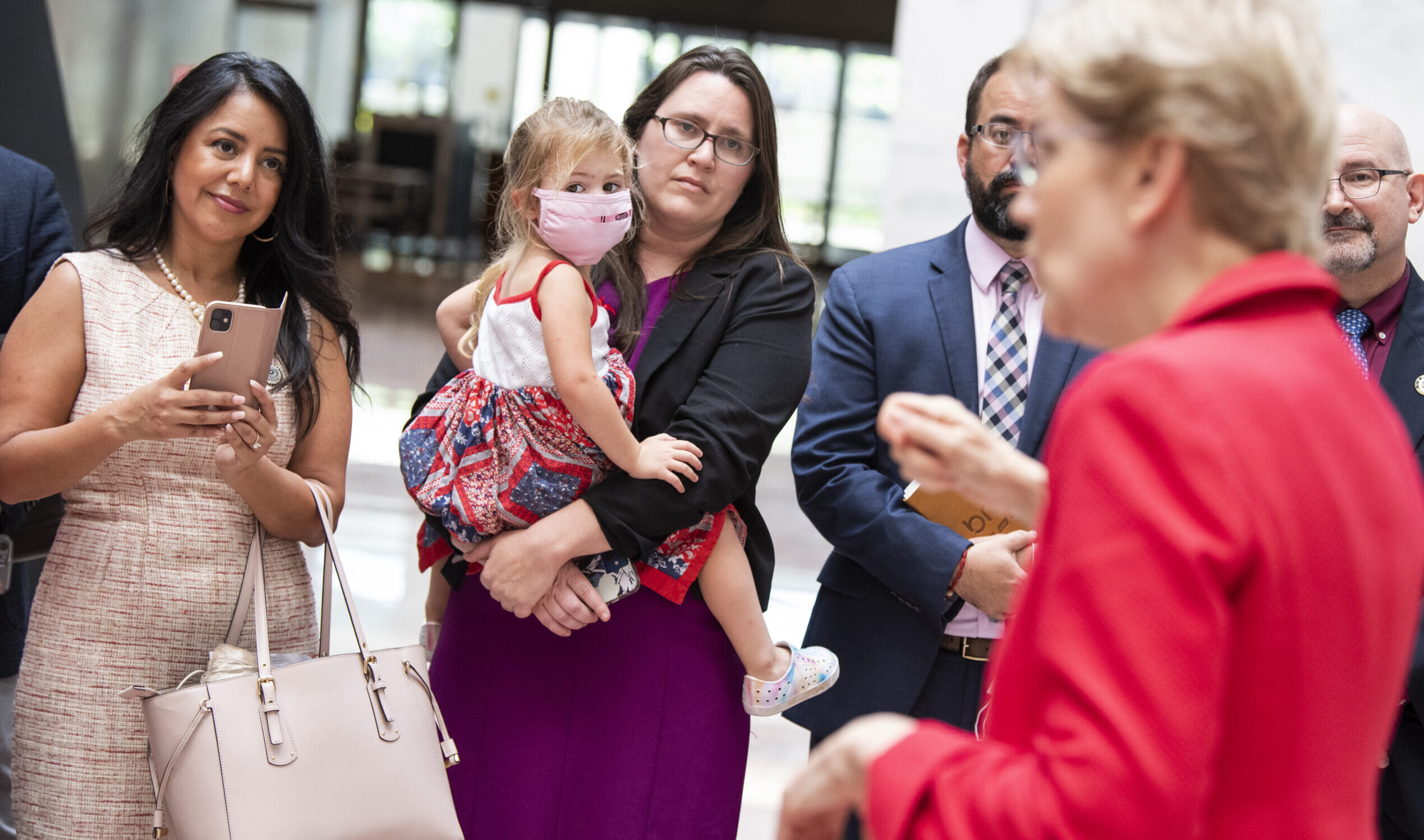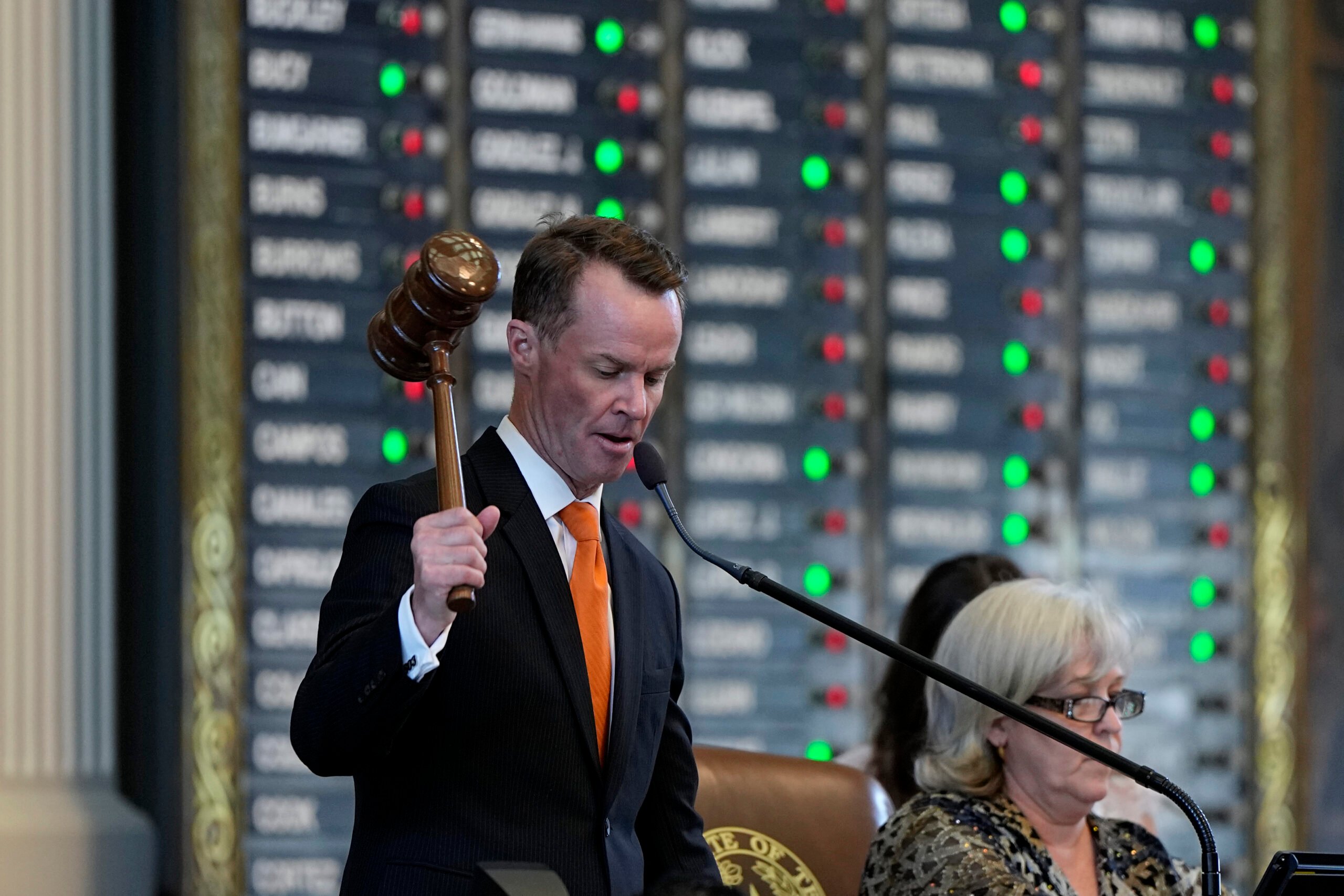
Supreme Court Hears Arguments in Most Epic School Finance Showdown Yet

From the start, it’s been billed as the biggest, baddest school finance case Texas has ever seen: more school districts suing and more new legal arguments than ever before, spurred on by the monstrous $5.4 billion school budget cuts of 2011 and the most challenging high school exit exam Texas has ever required. It took nearly four years of legal work and number crunching to get us to Tuesday morning’s showdown at the Texas Supreme Court, in a trial that many hope will be the school finance case to end them all.
Tuesday’s oral arguments before the state’s highest court offered just a taste of what the justices will consider before they issue a ruling, expected sometime early next year. Lawyers for the plaintiffs focused on a combination of factors they claim have tipped the school finance system back into unconstitutional territory since the last challenge to the system: higher standards for students, less money for schools and a funding structure that increasingly benefits the wealthiest parts of the state.
These arguments, condensed into just three hours Tuesday morning, were a year in the making. The lower-court trial that ended in August 2014 generated more than a thousand exhibits; since, dozens of new briefs have been filed at the high court. Travis County District Judge John Dietz’s lengthy opinion agreed with most of the arguments against the state: that the current school finance system is unfair, inadequate and relies too heavily on local property taxes.
But arguments in Dietz’s court were always a prelude to the inevitable state Supreme Court appeal.
On Tuesday, Texas’ highest-ranking justices sounded keenly aware of their role as intermediaries in how Texas decides to fund schools. Though it’s not to everyone’s liking, there’s an established choreography: districts sue the state, courts (almost always) tell the Legislature that some part of the system is broken, the Legislature tries to fix it, and courts decide whether the fix is good enough. In court today, justices seemed most interested in what sort of instructions they, in turn, should pass along to lawmakers. Some wondered whether they should bother at all.
Justice Don Willett lamented what he called a pattern of going “from finger-wagging lawsuit to finger-wagging lawsuit.” Justice Paul Green told one attorney for the schools that the usual strategy “doesn’t seem to be accomplishing anything.” Justice Phil Johnson wondered, “Aren’t we just building a continual litigation process for the state here?”
Texas Solicitor General Scott Keller agreed. Defending the state, Keller asked the court to make a complete break from its past rulings and to declare that how much money schools get, and how they get it, is a question only the Legislature should answer. Courts in other states have done so, he said. For example, the Nebraska Supreme Court warned that judges are wading into “legal quicksand” when they get into school finance cases.
The Legislature could make this all a lot simpler by commissioning a study of what it actually costs to meet the standards it has set, but lawmakers have never done so.
But former Chief Justice Wallace Jefferson, who appeared before, rather than on, the bench this morning, disagreed. “School finance just happens to be extraordinarily difficult,” he said, “but this is where the court has done its best work. You have ruled and the Legislature has responded time and again.”
Jefferson led the Supreme Court back in 2005, the last time it heard a school finance challenge. Now he’s chosen a side, representing a diverse group of school districts that claim the funding system is broken. “We think the Legislature will fix it, and that’s the history of this litigation,” he said. “You won’t see it in writing, but they’re crying out for the court to act.”
The 600-plus school districts suing the state this time around are organized in four groups, loosely according to how they believe the system is broken. Jefferson, representing districts led by Fort Bend ISD, laid out a narrative that is central to the case against the state: The Legislature raised its expectations of schools — by creating the STAAR exam in 2009 — but then cut billions in school funding in 2011. Now, four years later, a third of Texas school districts still get less money than they did before those cuts.
The makeup of the public school system has shifted since the last school finance case, too. Today, a larger share of Texas students are from poor households or require special services that cost more. Texas does weight its funding to provide extra money for those students, but Marisa Bono with the Mexican American Legal and Educational Fund (MALDEF), told justices on Tuesday that the amount of money is “wholly unrelated to the needs of those students.” Texas was a leader way back in 1984 when it created those funding weights, recognizing that some students cost more to educate than others.
But even though Texas has the second-highest population of students with limited English, and even though test scores among low-income elementary students are dropping, the state hasn’t even studied how much more to spend on their education, Bono said. The state’s budget process, she said, has reflected a “systematic disregard for the growing demographics in this state.”
So how much money is enough? That was another common question from justices this morning, and every lawyer demurred when given the chance to answer. In school finance cases, the tradition dictates that the judges decide whether the current funding is too low, and lawmakers then try to guess at the new target.
The Legislature could make this all a lot simpler by commissioning a study of what it actually costs to meet the standards it has set, but lawmakers have never done so. A study commissioned by school districts during the district court trial showed that the state would need to spend, at minimum, around $800 more per student.
But Craig Enoch, another former Supreme Court justice arguing for another group of plaintiffs Tuesday morning, told justices that a true accounting of the cost of education may show that Texas spends too much, not too little. Enoch represents a group called Texans for Real Efficiency and Equity in Education, which argues for “qualitative efficiency” in the system, a phrase borrowed from a prior school finance opinion. Organized by former Texas House Education Chair Kent Grusendorf, who now steers education policy for the conservative Texas Public Policy Foundation, the group argues that there’s too much waste in the school system, and that the true path to the “efficient system” required by the Texas Constitution is one with tighter purse strings.
That’s a novel take for a school finance case — as is the argument, brought by a group of charter schools, that the school finance system is discriminatory toward charter schools because it doesn’t provide funding for their school buildings.
Defending the system against all these claims, lawyers for the state urged justices to consider the schools’ results rather than how much money the state puts in. By that measure, Assistant Solicitor General Rance Craft told justices, the system may not be perfect, but it’s good enough.
For instance, Texas students have the second-highest graduation rate in the country, he argued, along with average scores on the ACT and slightly below-average scores on the SAT.
“We want to do better,” he said. “That’s not where we want to be. But it does show a system that is constitutionally adequate.”


